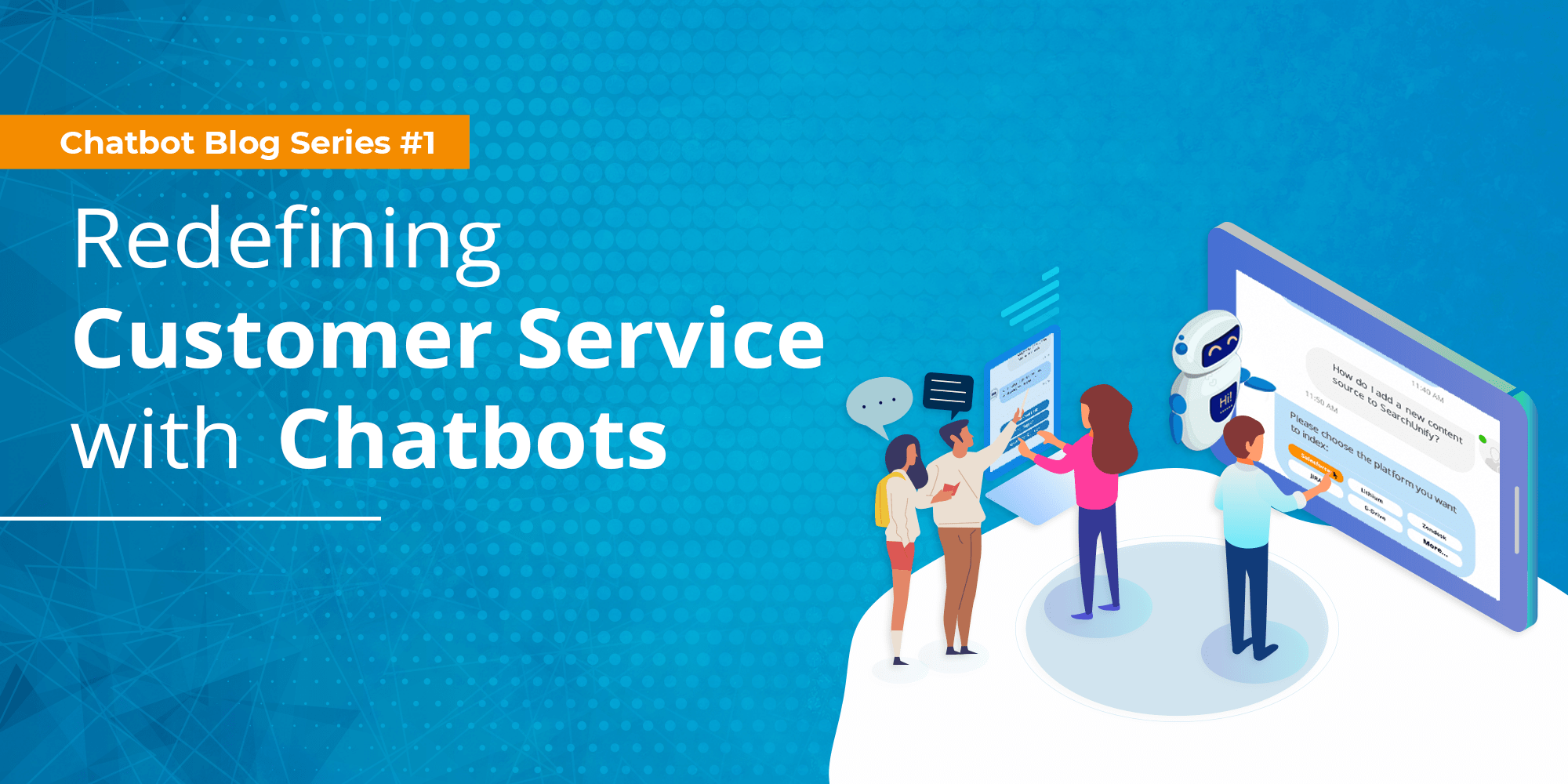
Our ability to comprehend content & context to give an ideal reaction is at the very heart of every interaction. But what if this underlying principle was imbibed into machines with AI and machine learning? The result is highly sophisticated bot-based conversations of today.
The chatbot wave is at an all-time high and its impact is felt across every industry and operational domain. However, customer service is one area which has been particularly transformed. Through round-the-clock availability and engaging human-like conversations, they can now significantly maximize business performance.
A quick glance at Facebook IQ’s data reveals the activity of chatbots from January 2017-18 registered a 5.6x YoY growth and 0.9x MoM growth. Over 2 billion messages were exchanged between businesses and customers via the 100,000 bots on the messenger. But why?
A seismic shift in consumer behavior & expectations
Gone is the era when customers were satisfied with mediocre experiences.
In this real-time, on-demand world, users seek immediacy. They want the information to be delivered in the blink of an eye and actions to be completed with minimum efforts – and won’t hesitate in turning to your competitors if you don’t meet their expectations. This is where chatbots can weigh in and prevent revenue hemorrhaging.
Instant communication has emerged as one of the leading contributors to business success and it alone makes chatbots an indispensable part of every organization’s support function. They are also available round-the-clock, do not fall sick, and lash out on customers when in emotional distress. Pretty nifty, right?
Dealing with potholes on road to better customer service
Unfortunately, the challenges of providing quality support are not just limited to speed and availability. The forthcoming points highlight the same and how a capable chatbot can help your organization overcome these hurdles.
1. Providing global support
Many organizations provide their products and services in multiple countries. It means they also have to deliver support that surpasses the barriers of languages and time zones. This requires hiring dedicated resources for multilingual support and for different shifts.
Fortunately, a chatbot can seamlessly understand multiple languages and works 24/7/365. This way, you can work without worrying about delivering quality support and not drilling a hole in your revenue.
2. Scaling operations
As a business expands, the number of customers and prospects is bound to increase. As a result, the number of queries & cases increase significantly. Catering to the increasing workload requires a bigger and more prompt support wing.
Here again, chatbots serve as a robust and cost-effective solution offering fast responses and ability to handle multiple customers at once. This makes handling the increased inflow of cases or queries seem like a walk in the park.
3. Targeting millennials
In 2017, Millennials overtook Baby Boomers and became the largest consumer demographic with an estimated $200 billion in annual buying power.
How does this matter? Well, they prefer to self-serve instead of calling your support reps. Research shows 69% of millennials feel good about themselves and the company when they solve a problem on their own. Undeniably, search is their holy grail for every problem.
If your prospects are predominantly millennials, then a chatbot will go a long way in propelling self-service. It will also streamline information availability & delivery which helps boost CSAT. This gives your agents the time to deal with more complex issues and shows that you respect and care about millennials’ time.
4. Reducing caseload
A glance at historical case data will reveal that usually, three to four queries make up for at least one-third of the case volume. More importantly, they keep your service representatives engaged. A quick screening that would segregate and resolve these handful queries without human intervention would significantly reduce the burden on your support reps.
Fortunately, chatbots are the perfect workaround for this hurdle. With a little initial training, they become adept at quickly resolving some of the common queries raised by customers and prospects. This cuts down on the volume of repetitive cases and dedicates more time to pressing issues. The result? Less agent handle time, less customer waiting time, and more happy customers! Now that qualifies as a textbook example of a win-win situation, doesn’t it?
Takeaway
There is no denying the fact that businesses are going gaga over chatbots. The advantages they bring to the table are hard to deny and almost impossible to ignore. Organizations need to quickly adapt their processes and operations to stay ahead of the curve.
In our next blog, we will talk about what kind of chatbot to go for and how to adopt/train one etc., so stay tuned!












